Thousands of troops being called to help as bushfires rage across Australia. Here's what you need to know.
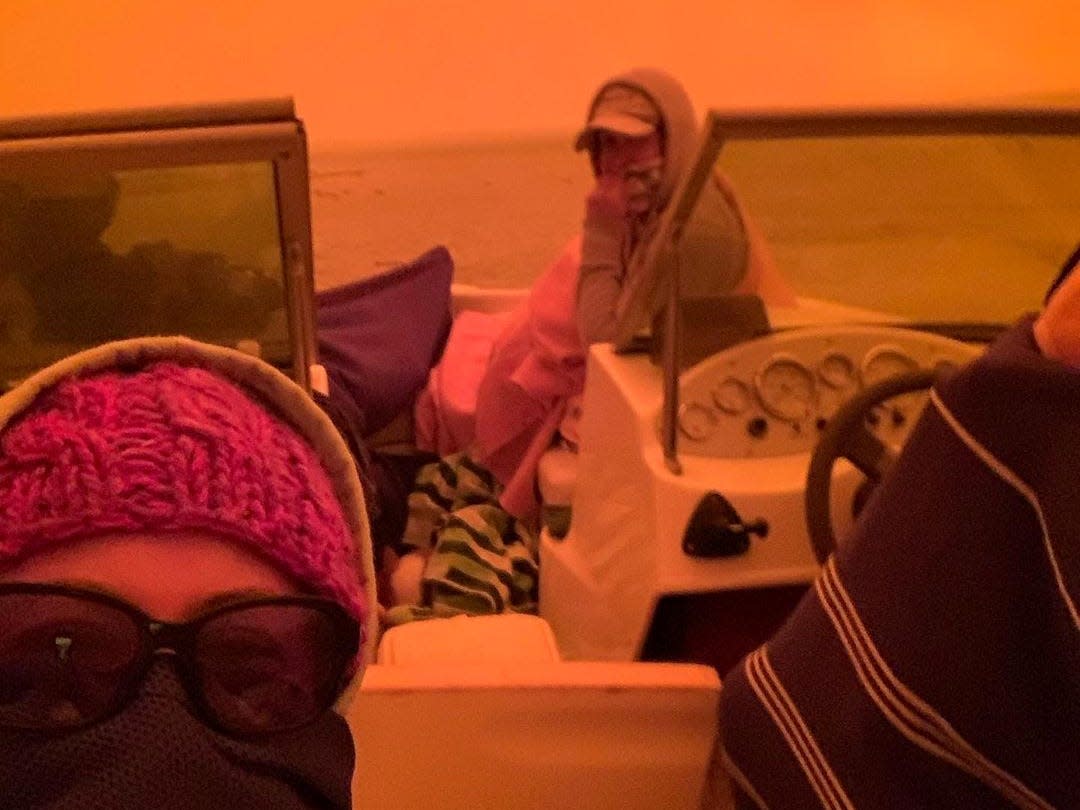
INSTAGRAM @IDASHOPE4STROKE via REUTERS
The bushfires in southeastern Australia are raging on with no sign of stopping.
Officials were bracing for unfavorable conditions, and temperatures hit a record high in Canberra.
Prime Minister Scott Morrison announced on Saturday that 3,000 Australian Defence Force reservists would help with bushfire recovery. He also announced nearly $13.9 million (AUS $20 million) to lease water bomber planes.
The first of those evacuated from the holiday beach town, Mallacoota, where thousands were trapped on New Years Eve, reached an area southeast of Melbourne. The city of Melbourne said on Saturday that a relief center would be opening at the convention center for those who had to evacuate.
Two people were confirmed by authorities to have died in fires on Kangaroo Island.
At least 23 people have died this summer, Morrison said on Saturday, with seven killed during a 24-hour period over the New Year.
Large parts of the region have been blanketed with thick smog and blood-red skies. On Thursday, the capital of Canberra recorded the worst air-quality index of all the world's major cities.
Food and fuel are running low in remote regions, and power and communications are being cut out in some places.
Numerous outlets have described the fires as pushing the country to the brink of a humanitarian crisis.
Prime Minister Scott Morrison has been sharply criticized for the disaster, with critics citing his insufficient climate policies and refusal to curtail the coal industry.
Bushfires are continuing to rage across southeastern Australia with no end in sight. At least 18 people have died, hundreds of homes have been destroyed, and the country teeters on the brink of a humanitarian crisis as food and fuel runs out in some areas.
The current bushfire season in southeastern Australia, which began in October 2019, is the worst in recorded Australian history.
More than 1,400 homes across the southeastern region have been destroyed so far, The Guardian reported. At least four million hectares (9.9 million acres) of land have been burned in the area, the BBC reported earlier this week.
Here's everything that has happened so far.
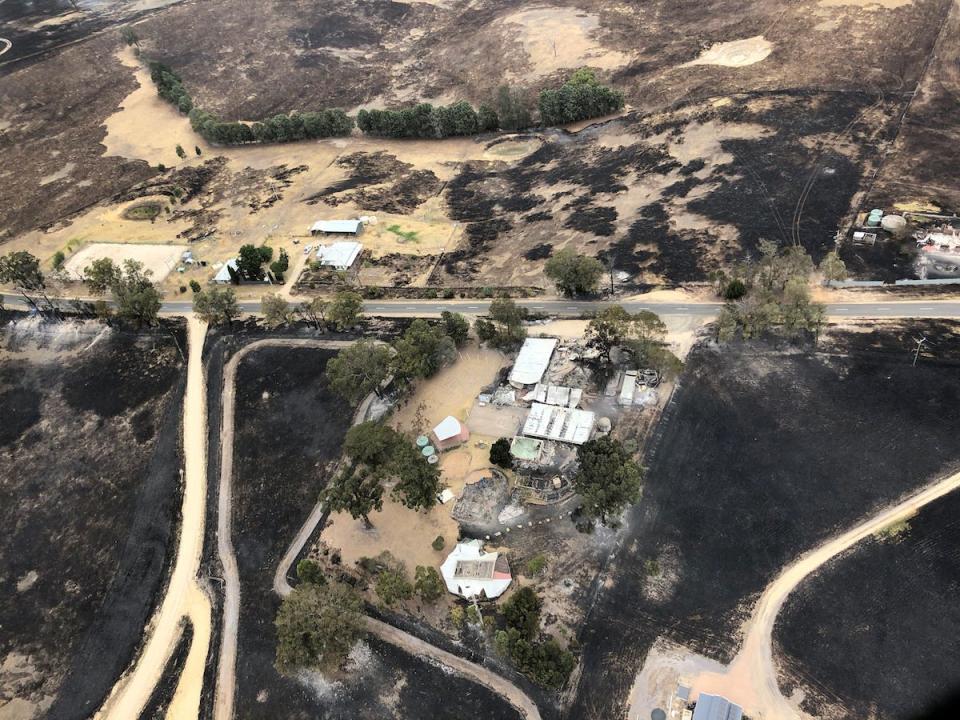
Glen Morey via Reuters
The casualties
At least 23 people have died so far, Morrison said according to the Associated Press, with the number likely to rise.
Seven people died in New South Wales within the 24-hour period on New Year's Eve and New Year's Day, CNN reported. One of them was a 28-year-old volunteer firefighter, who died when wind flipped his fire engine, the BBC reported.
Another woman died on Thursday after disembarking a plane from Brisbane to Canberra on Thursday, with relatives believing she went into respiratory distress caused by smoke inhalation, The New Daily reported.
Authorities confirmed that two people died due to bushfires on Kangaroo Island, the BBC reported.
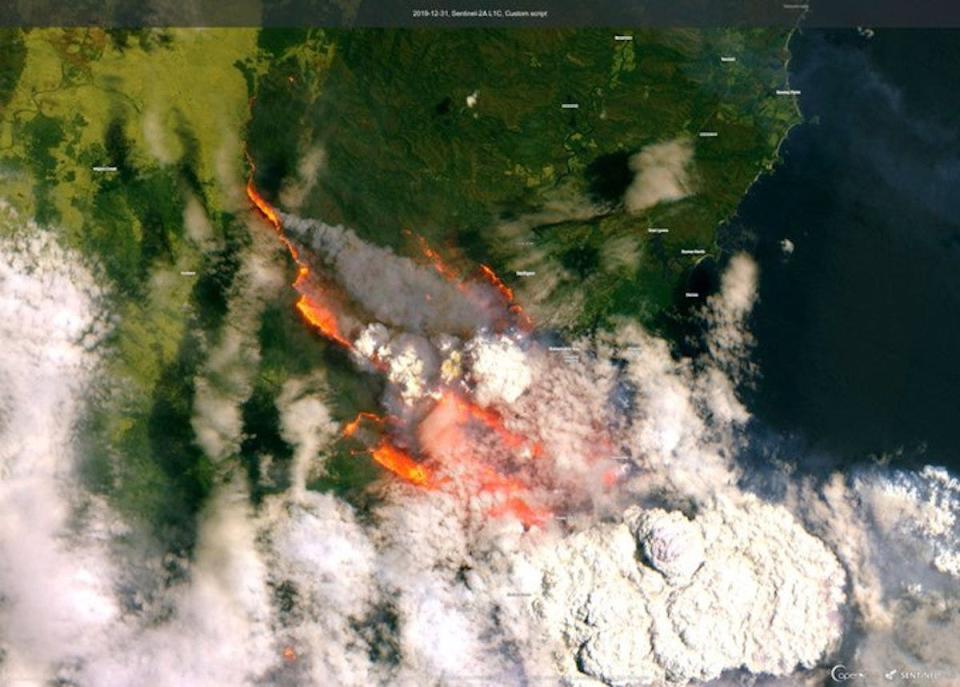
On Saturday, the number of people missing from bushfire affected areas in Victoria was 21, according to the BBC.
According to NSW Premier Gladys Berejiklian, there were more than 137 fires burning in NSW on Saturday morning. There were more than 48 fires burning in Victoria.
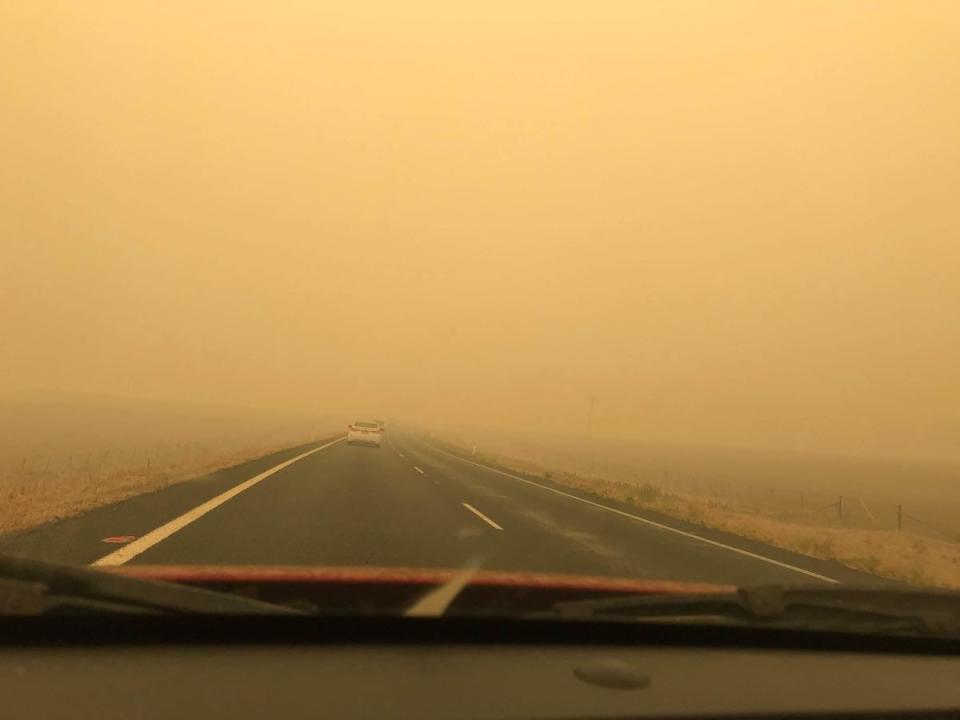
Rosie Perper/Insider
A humanitarian crisis looms
Thousands of people have been evacuated, with photos showing people escaping by boat with their eyes and faces covered under blood-red skies. The state of New South Wales has declared a state of emergency.
Insider's Rosie Perper was on vacation in Narooma, located along the South Coast of New South Wales, on December 31, when several out-of-control bushfires broke out near the small beach town. Major roads in and out of Narooma were closed, leaving her trapped along with thousands of others who had evacuated from bushfire affected areas.
"We just had to wait in Narooma with no power or cell service until the roads reopened while bushfires roared around us," she said. "It was terrifying."
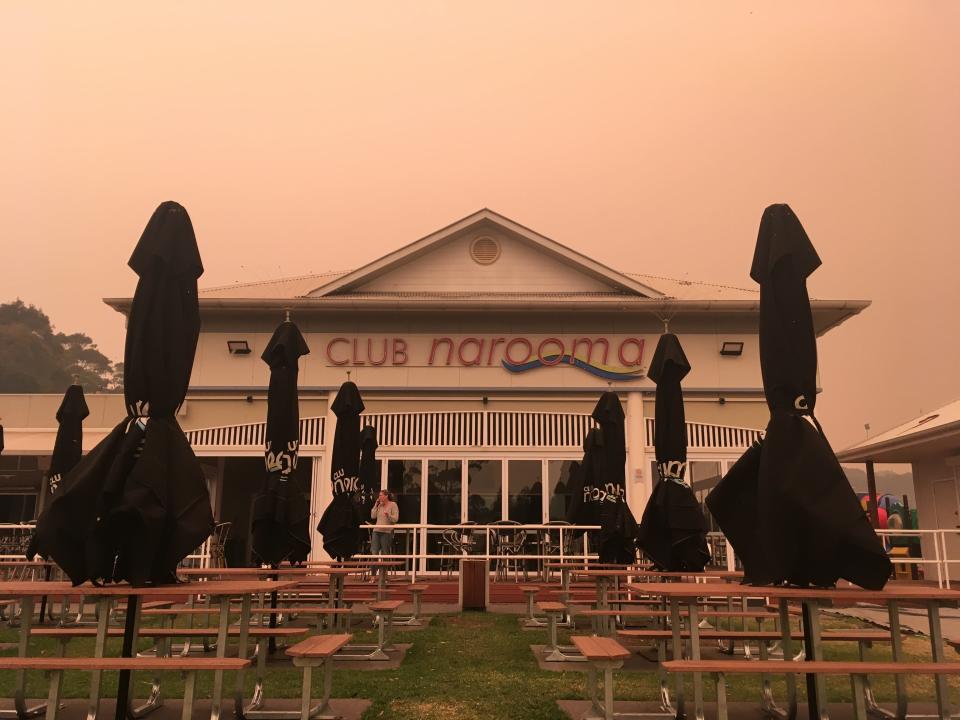
Rosie Perper/Business Insider
On January 1, roads out of Narooma reopened and she was able to drive to the southern New South Wales town of Cooma and onto Canberra.
"When we arrived in Canberra the weather was hot and dense, and felt heavy in my lungs. The sky was completely grey."
"I went to the pharmacy and all the staff were wearing gas masks, as were many people on the street," she added.
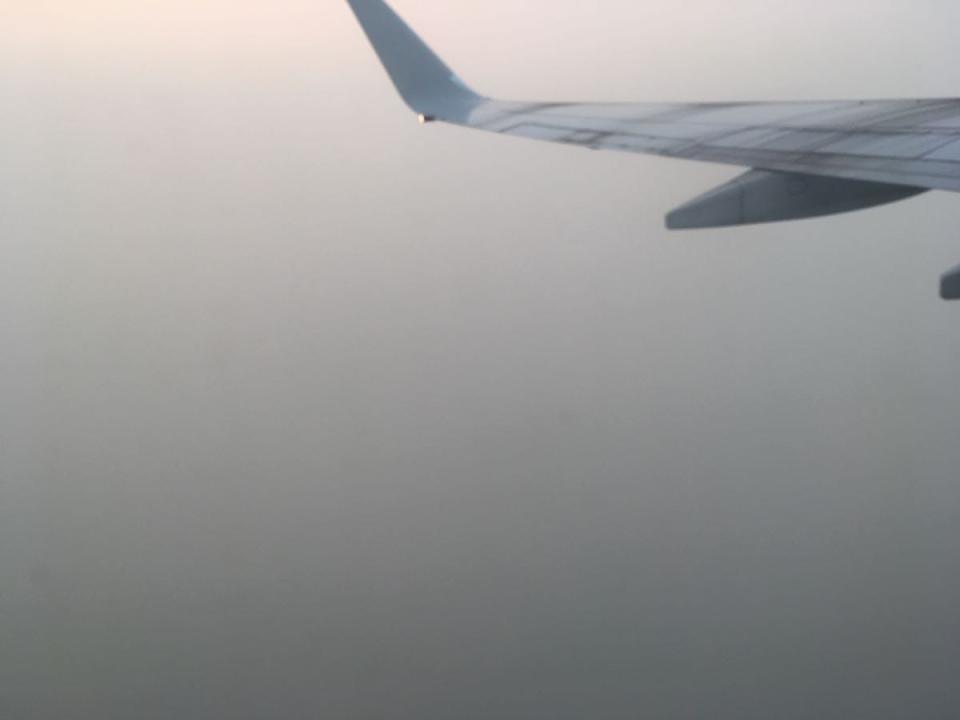
Rosie Perper/Insider
Food and fuel supplies are running low in more remote regions, and there are massive power and communications shortages.
In New South Wales, fallen trees have blocked roads, making it potentially difficult to deliver more food, the Australian Broadcasting Corporation (ABC) reported.
A woman named Kerry described to ABC a line of 50 cars waiting to get petrol and "clearing the shelves" in the local supermarket in Tura Beach in New South Wales.
Another supermarket manager in the coastal Ulladulla described seeing 300 people waiting in line for necessities.
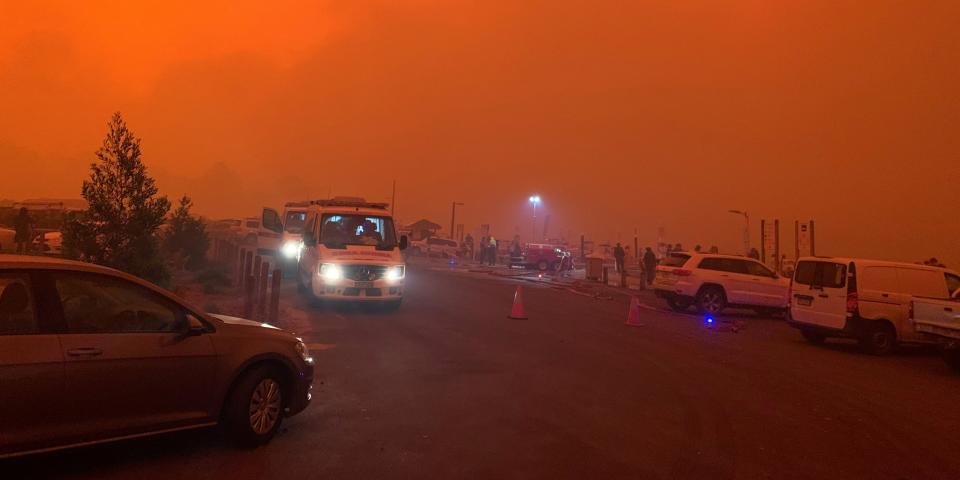
Jonty Smith from Melbourne/via REUTERS
The Australian navy deployed ships to evacuate hundreds of people so far, with air evacuations to be organized for elderly and sick people, The Guardian reported.
On Friday, Reuters reported that the "HMAS Choules and Sycamore started the evacuations of around 1,000 of the 4,000 people stranded on a beach in the isolated town of Mallacoota in far-east Victoria."
The first of those evacuated from Mallacoota arrived just southeast of Melbourne, on Saturday, and the Melbourne Convention Centre was being turned into a relief center for those evacuated.
A video posted earlier this week showed a rescue crew being overrun by bushfires and forced to seek shelter in their truck.
Authorities have closed major roads and warned that they may have to abandon large areas, meaning thousands of people who refused to evacuate earlier could be trapped in the blaze.
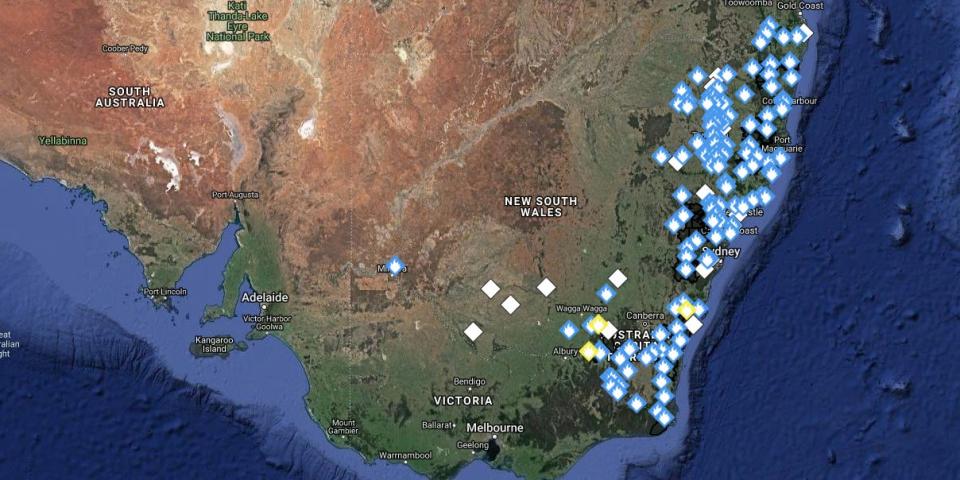
NSW Rural Fire Service
A fire so bad it's generating its own weather
On Thursday, the Australian capital of Canberra recorded its worst air quality in history, with air 23 times higher than the global hazardous level, according to The New Daily and ABC.
Some of the bushfire smoke has even crossed the Tasman Sea to cover parts of New Zealand, ABC reported.
Meteorologists have said that the bushfires have gotten so big that they are generating their own weather in the form of "pyrocumulonimbus" clouds, which are giant thunderstorms that start more fires.
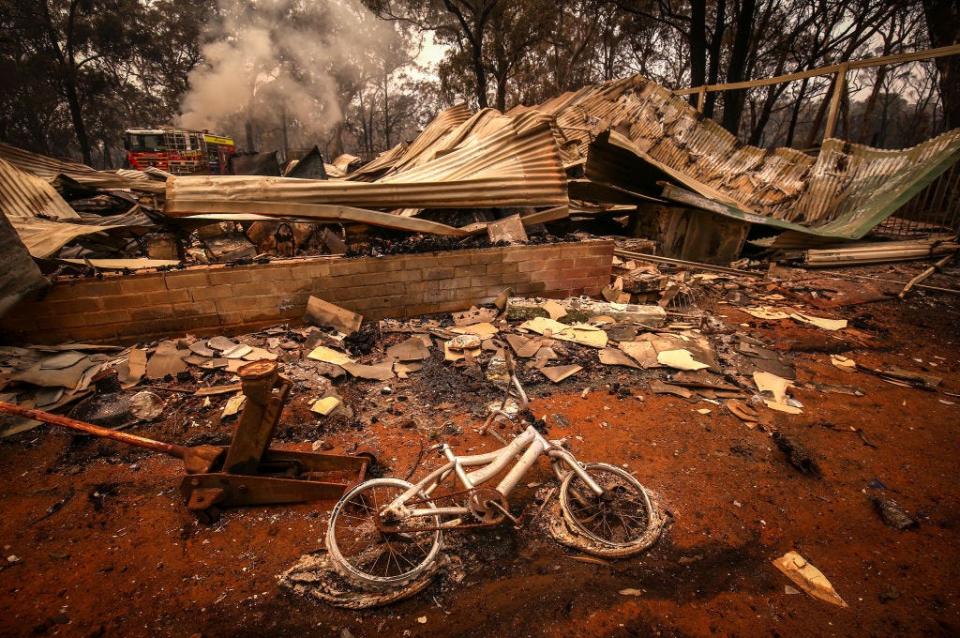
David Gray/Getty Images
Mass evacuations as weather is set to worsen
"We are getting high temperatures across most of (New South Wales), including Sydney as well as western and southern parts of the states, as predicted," New South Wales Rural Fire Service Deputy Commissioner Rob Rogers told the Associated Press.
The New South Wales government has warned of power and communications outages, and set up a "tourist leave zone" for visitors to evacuate to.
Weather conditions were expected to worsen as the week progresses, with temperatures in southeastern Australia expected to soar to as high as 44 degrees Celsius (111.2 degrees Fahrenheit), alongside strong winds and dry conditions, according to Australia's Bureau of Meteorology.
On Saturday, the temperature broke records in Canberra reaching 43.6 degrees Celsius or 100 degrees Fahrenheit. And weather conditions
High winds can force the flames to go in unpredictable directions.
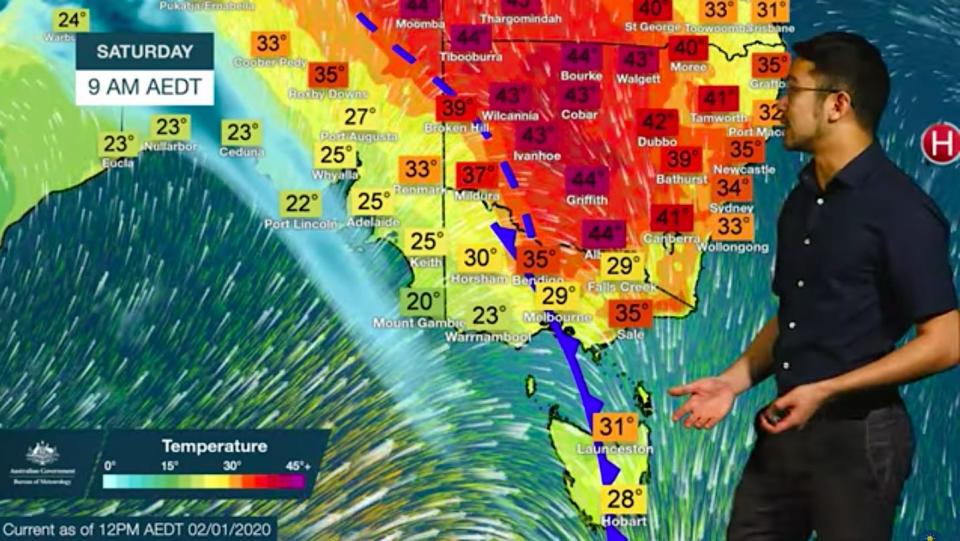
Australian Bureau of Meteorology
Prime Minister Scott Morrison has been sharply criticized for being partly responsible for the crisis due to his government's climate policies.
Morrison, who came to power in May 2019, has defended the country's coal industry and given what critics say are insufficient pledges to cut greenhouse gas emissions, according to The Guardian.
Climate change doesn't create bushfires, but can make them worse.
In a Thursday press conference he told people to "be patient," and described the need for dairy farmers to "pour the milk down the hill because of the lack of power" as "the tragedy of what is occurring."
On Saturday, Morrison announced that 3,000 troops from the Australian Defence Force reserves would be called to help with the bushfires, and that millions would be spent to lease water bomber planes.
Rosie Perper contributed reporting.
Read more:
Eerie photos capture blood-red skies as bushfires rage across Australia and trap thousands
Read the original article on Insider

